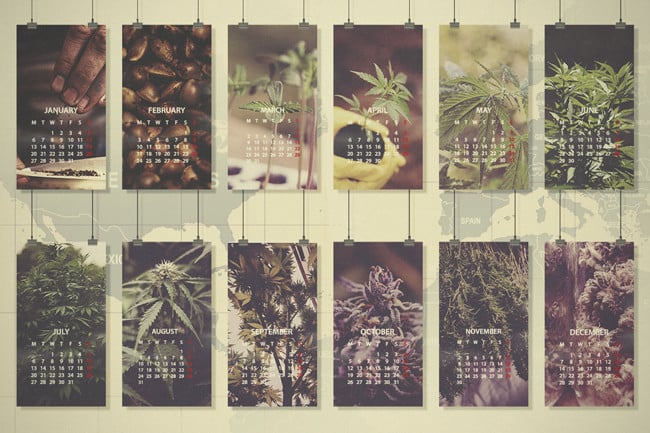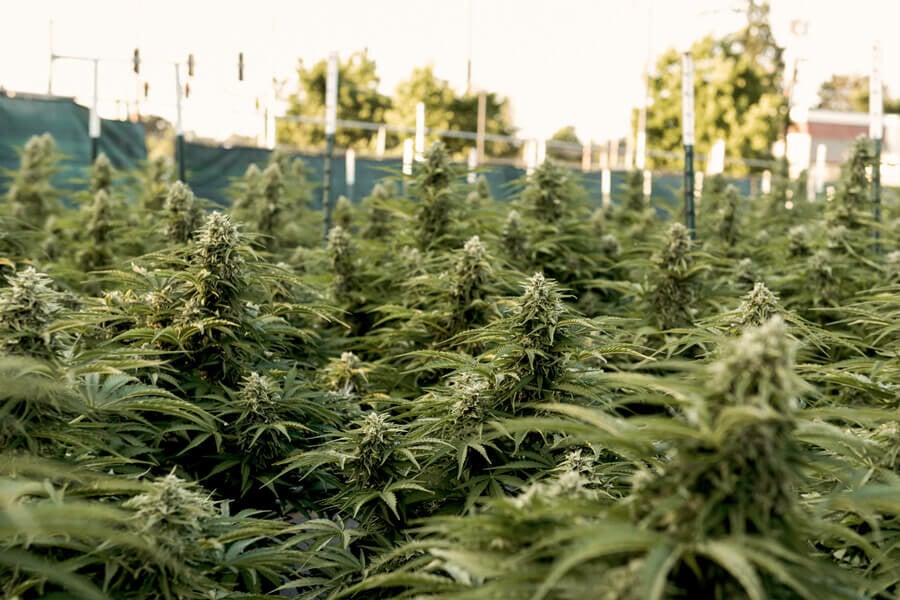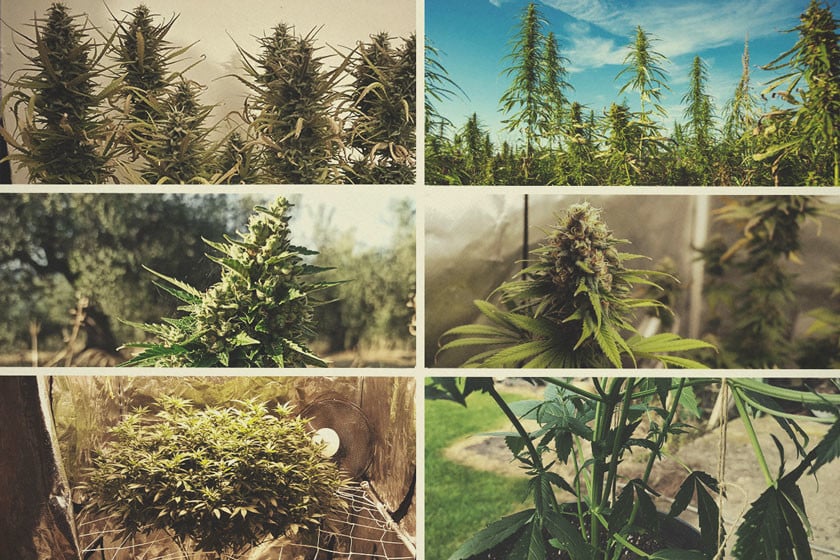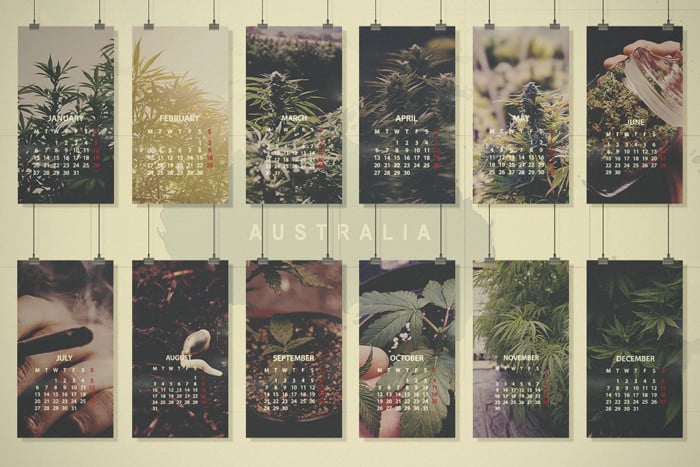.
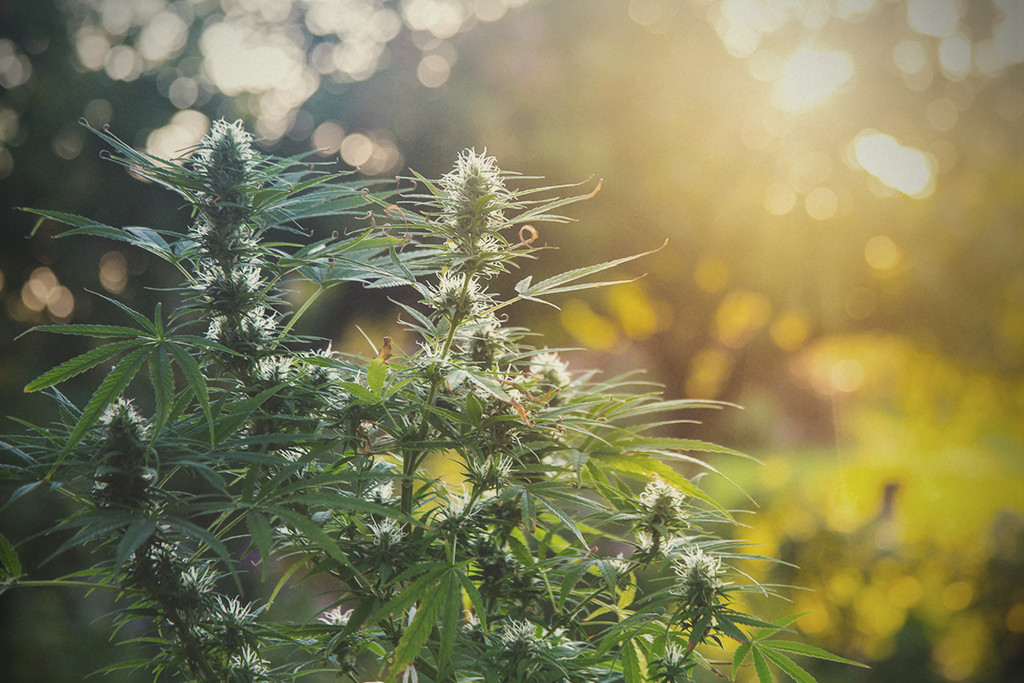
Get to Know Weed Season
Weed season dictates almost everything when it comes to growing cannabis outdoors. But it's not the same for every grower. This key cultivation window changes based on location, elevation, and more. Knowing your weed season will guide you in choosing when to sow seeds, train plants, harvest—and even the best genetics for your scenario.
Contents:
- What is "weed season"?
- Is cannabis annual, biennial, or perennial?
- Understanding photoperiod
- Weed season grow calendar
- Why do cannabis strains mature at different rates?
- Use our seedfinder to find perfect plants for your environment
- How the weed season affects the entire cannabis industry
- How to plan ahead as an outdoor weed grower
Weed season. You need to get acquainted with those two words if you hope to achieve good results growing cannabis outdoors. You can’t expect to just throw seeds into the soil at any time of year and reap good results. Use this article as a basis for getting to know your local environment, so you can achieve bumper crops year after year.
What Is "Weed Season"?
Weed season refers to a window of time in which growers can successfully cultivate cannabis plants outdoors. Indoor growers all over the world can happily sow, grow, and harvest crop after crop, regardless of the time of year. In contrast, those that prefer sun-grown buds need to plan, and act in synergy with the cycles of nature. Abiding by the weed season isn’t dissimilar to other forms of horticulture. Gardeners that grow annual vegetables are also limited to sowing seeds and transplanting seedlings as the spring swings around, ultimately harvesting the last substantial crops of the season when the first autumnal frosts arrive.
-
Northern Hemisphere
The weed season calendar fluctuates depending on the region. In the Northern Hemisphere, the vernal equinox occurs in late March, marking the beginning of spring and longer days ahead. While it remains too cold to move cannabis seedlings outdoors at this point, many growers opt to kickstart the season indoors using grow lights. Depending on the last frost date of each region, growers typically transplant outdoors from April to late May. The weed season lasts 6–8 months in total and comes to an end with the first frosts in late September or October.
-
Southern Hemisphere
Things are a little different in the Southern Hemisphere, where the seasons are practically the polar opposite. Here, the weed season commences around September (early spring) and runs through to February (late summer) and March (early autumn).
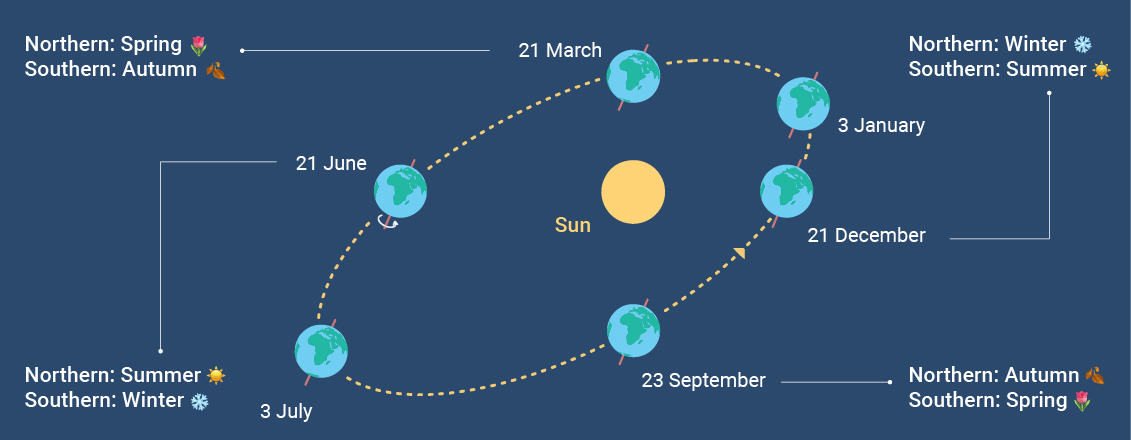
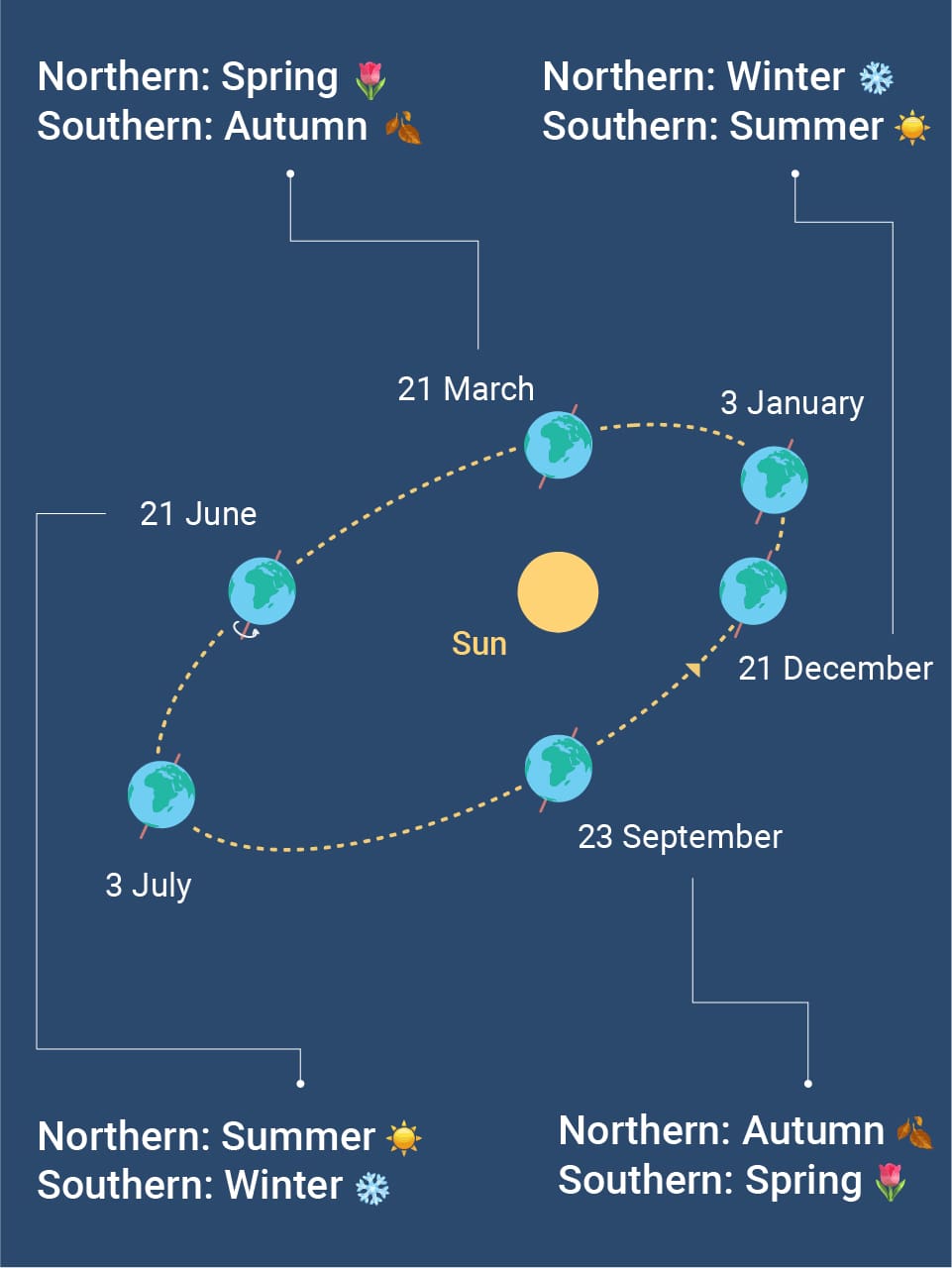
-
Tropical Regions
But global weed seasons aren’t binary. Individuals growing weed near the equator can do so year round. Here, the daytime period lasts for around 12 hours, regardless of the season. The warm and humid climates at this latitude enable gardeners to cultivate all sorts of plants with little effort.
However, cannabis can pose a unique challenge. Photoperiod cannabis strains are thought to have originated in East Asia. In this region, the plant had to adhere to seasonal cues in order to vegetate, flower, and reproduce before the onset of deadly frosts. Therefore, it developed the habit of initiating flowering as seasonal daylight hours dwindle. Indoors, a light cycle of 12 hours on and 12 hours off—a pattern that mimics the light available around the autumn equinox—forces weed plants to flower.
Because daylight hours are permanently within this range in the tropics, photoperiod plants flower within a matter of weeks following germination. However, mutations have arisen in equatorial cannabis varieties that cause them to begin flowering according to different cues, making them different from both photoperiod and autoflowering cultivars.
-
The Role of Elevation
Finally, elevation always plays a big role in the weed growing season, regardless of latitude. Growing seasons are shorter at higher elevations, as the frosts dissipate later and arrive earlier in the season. Autoflowering and fast-flowering plants are therefore better suited to such areas.
New to outdoor growing? Download our free beginner's guide to mastering your weed season!
Free RQS
Grow Guide!
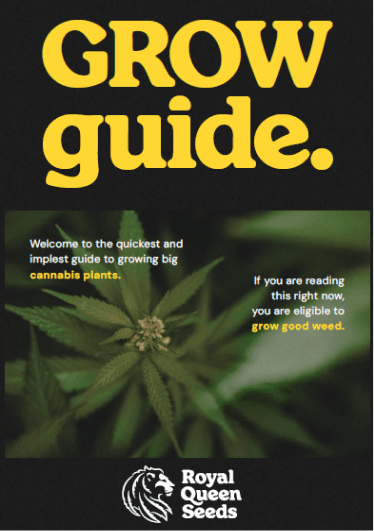
Is Cannabis Annual, Biennial, or Perennial?
If you’re an avid grower, you’ve likely come across the terms annual, biennial, and perennial. These are very important distinctions when it comes to growing a particular crop, and gardeners take wildly different approaches depending on the category. Let’s explore these labels in a bit more depth:
- Annual: Cannabis autumns into this category. As the name suggests, annual plants live out their entire life cycle—from germination to flowering and seed production—over a single growing season. The survival of new seeds over the winter ensures the survival of genetic lines. Other popular annual crops include tomatoes, cucumbers, and squash.
- Biennial: These plants require two seasons to grow and set seed. Several varieties of onion, leek, cabbage, and carrot vegetate during the first season, overwinter, and then set seed the following spring.
- Perennial: These plants persist over many growing seasons. Typically, the upper portions of perennial plants die back every winter, before plants rebound come spring. Many perennial species keep their leaves year-round. Examples of perennial plants include forms of kale, grapes, berry bushes, and fruit trees.
Although genetics holds significant sway over the seasonal growing characteristics of plants, the environment also influences their life cycle. For example, biennial plants grown in warmer regions with a long growing season can live out their entire life cycle in a single season, making them annuals based on environmental factors.
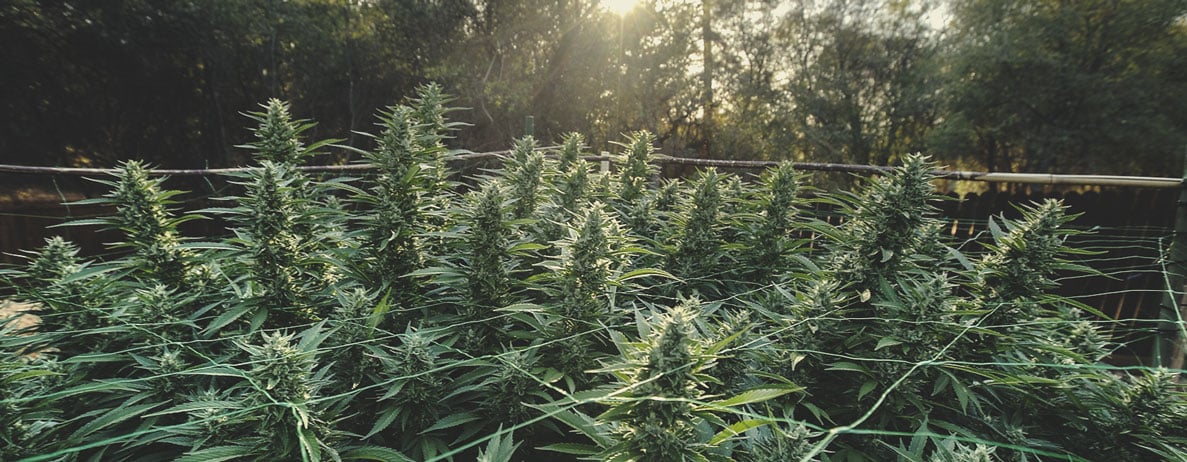
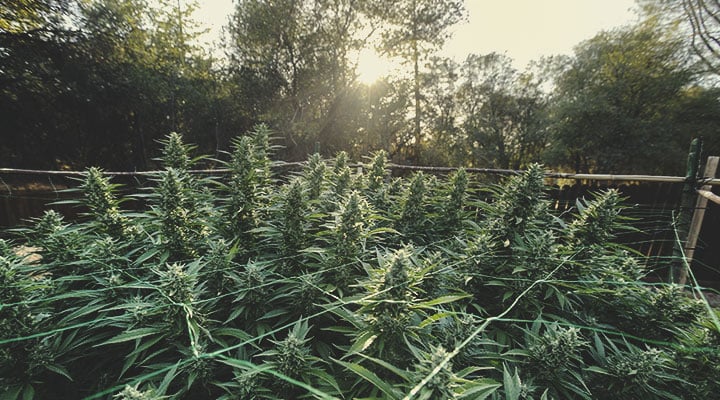
Understanding Photoperiod
Photoperiod refers to the recurring cycle of light and dark periods that plants are exposed to. As mentioned above, many cannabis strains are sensitive to light exposure, and will progress from vegetation into flowering as available light dwindles.
As such, growers of photoperiod strains need to get well-acquainted with their home climate. Cultivators must sow seeds early enough to allow their plants to reach the desired size before the hours of light decrease in late summer. Starting seeds indoors gives plants the best chance of survival, especially if they have an overall shorter growing season. Even after flowering commences, sativa strains typically take much longer to mature, and therefore need a longer growing season than their indica counterparts.
For those living in extreme latitudes, most photoperiod strains can’t outpace the changing of the seasons. Luckily, a specific type of cannabis evolved to deal with this exact dilemma. Autoflower strains stem from a subspecies of cannabis known as ruderalis. This type evolved in northern latitudes and mutated to adapt to these conditions.
Instead of relying on photoperiod, ruderalis cannabis blooms based on an internal clock. Plants typically enter the flowering stage several weeks after germination, once they've developed 5–7 nodes. Because autos have a brief life cycle of 8–12 weeks, they are an ideal choice for growers in cooler climates with short weed seasons.
Weed Season Grow Calendar
No matter where you live, each period of the weed season correlates to different stages of the growing cycle. Those with longer growing seasons have more room to play around, especially when it comes to starting earlier, but the calendars still mostly overlap. Below, we’ll take a brief look at which phase of growth matches with which time of year, with a focus on the Northern Hemisphere.
- Early spring (germination)
The outdoor growing season often starts indoors in the Northern Hemisphere, usually in late March. More controlled temperature and humidity settings allows for more successful germination and seedling survival rates. Most growers keep their seedlings indoors under artificial lights until they gain some mass, and to prevent them from falling victim to lethal late frosts.
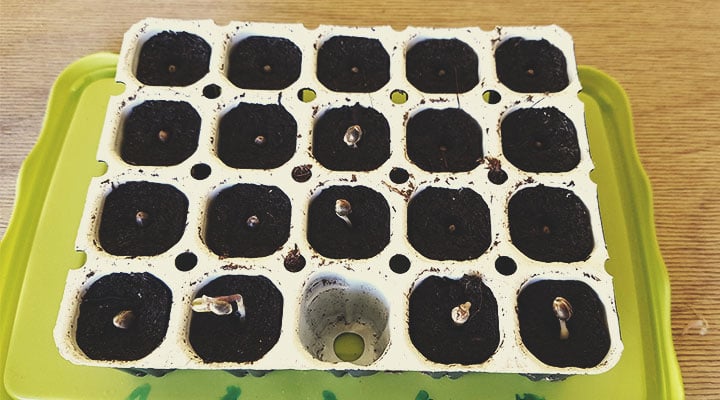
- Late spring (transplant)
Once the risk of frost has truly passed (usually by early May), growers start to move their young plants outdoors. A period of "hardening" allows plants to acclimate to their new environment smoothly. This essentially involves keeping plants outdoors for increasingly longer intervals each day until there's no risk of them dying or dealing with excessive shock. If you have a greenhouse or polytunnel, you can transplant into that instead, and maintain the speed of growth while protecting plants from adverse weather.
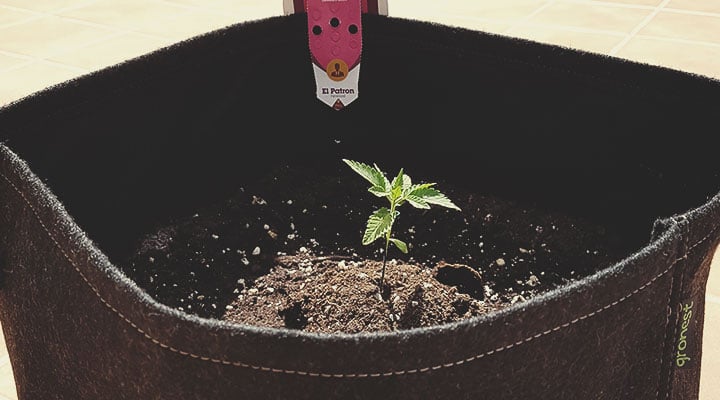
- Early summer (vegetation / autos finish)
Many auto varieties will be nearing the end of their life cycle during the months of June and July. Meanwhile, photoperiod growers will be pruning and training their vegetating plants to shape the canopy and increase future bud sites.
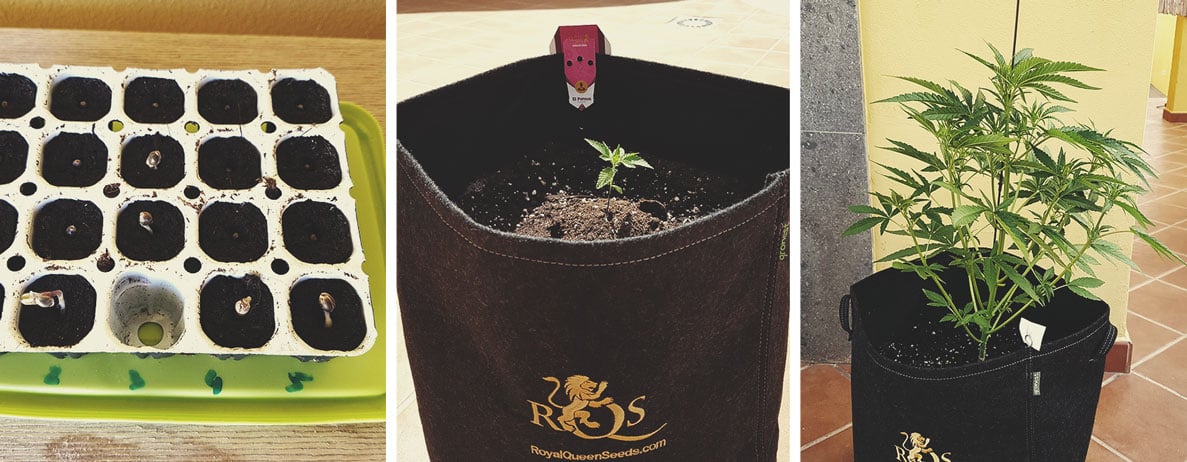
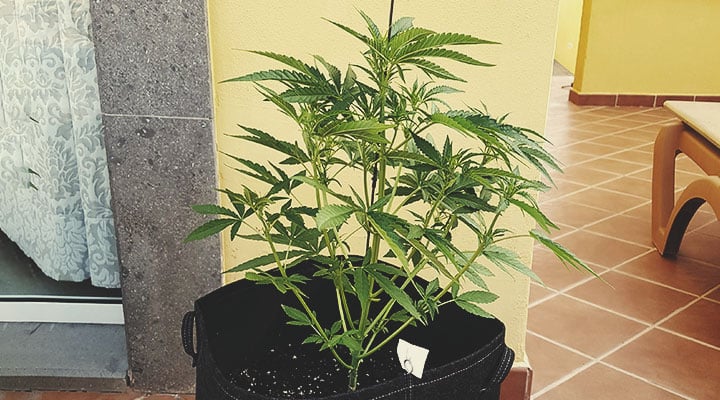
- Late summer (late veg and early flowering)
Continued feeding, watering, and training is performed throughout this period. Plants will put on significant size, and the gradual decrease in photoperiod in August will create physiological changes within plants that prompt them to begin flowering.
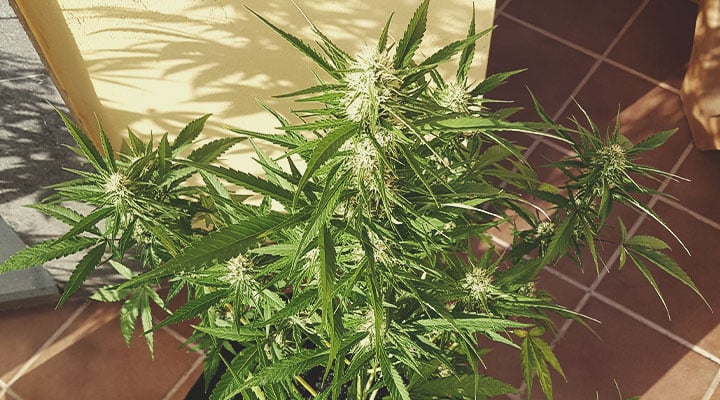
- Early autumn (flowering and harvest)
At this point, cultivators switch to flowering nutrients and aim to reduce humidity in greenhouses using adequate ventilation. Outdoor plants, being exposed to UV rays, usually crank out enhanced concentrations of terpenes and cannabinoids to protect themselves. Indica-dominant varieties will reach the end of the flowering stage during early autumn (mid/late September); taller sativa types will need slightly more time to mature. Growers will then flush their plants, harvest, and process their flowers.
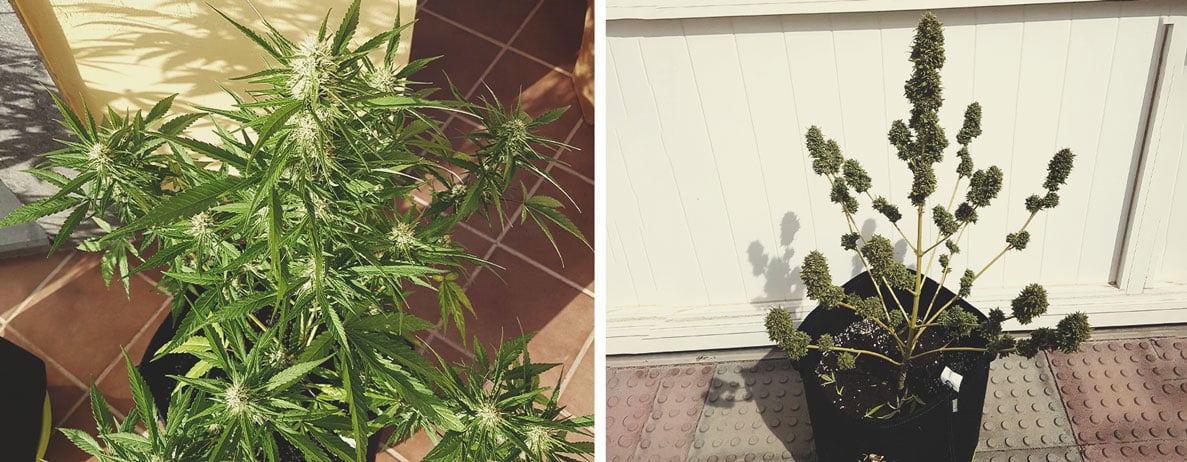
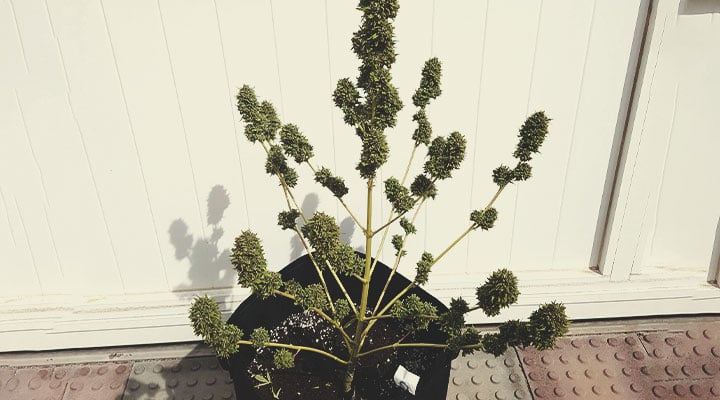
Why Do Cannabis Strains Mature at Different Rates?
Cannabis varieties mature at different speeds for a number of reasons. Genetics plays the biggest role here. Autoflowering plants cross the finish line first due to mutations that force them to flower based on age, whereas photoperiod cultivars grown in areas with long weed seasons take weeks, if not months, longer to reach harvest. Within the photoperiod cannabis category, indica-dominant varieties tend to finish flowering several weeks before sativa-dominant types.
The environment also plays a role when it comes to the rate of maturity. For instance, growing photoperiod strains close to the equator will result in early flowering and quicker harvests, but also reduced yields. Moreover, techniques such as light deprivation can be used to initiate flowering earlier if desired.
Use Our Seedfinder to Find Perfect Plants for Your Environment
There’s a lot to consider when growing weed outdoors, but the environment should be a main focus. How long does your growing season last? How much rain do you get late in the summer? Do you experience late frosts in spring and early frosts in autumn? Luckily, breeders have worked hard over the years to produce cultivars that perform well in specific environments, from cold, rainy climates to the hot and dry.
To make life easier for you, we developed our cannabis seedfinder to help you narrow down your search based on numerous factors, including growing conditions such as flowering time.
How the Weed Season Affects the Entire Cannabis Industry
As you can imagine, the weed season affects more than just home growers, sending ripples out into the industry as a whole, especially in legal countries and states. The demand for organic, sun-grown weed has skyrocketed, and consumers are drawn to the idea of buds with enhanced secondary metabolite production fuelled by the sun's rays. However, the supply waxes and wanes based on nature’s rhythms.
Dispensary shelves become fully stocked with sun-grown weed during the autumn, and the supply generally manages to stay replenished throughout the winter. But availability begins to plummet during late winter and early spring; during this time, indoor-grown cannabis dominates.
Sun-grown bud remains a rarity throughout the spring, until the first bumper crops from auto plants start flooding in again during early summer. Finally, the bulk supply from photoperiod strains arrives in shops following the end of the season.
How to Plan Ahead as an Outdoor Weed Grower
Why should you spend time thinking about the weed season as a grower? Because it will dictate practically your entire grow! Get to know your climate, frost dates, which companion plants thrive in your region, and which strains are most compatible.
Also, recognise that the work doesn’t stop after harvest. There are many things you can do to optimise your growing space, such as adding compost to beds and mulching them for the best start next season. Many growers also sow cover crops over the summer to keep roots in the ground during winter—a strategy that provides food for microbes and keeps your soil alive. Come spring, you can cut down these plants and incorporate them into the soil as green manure. Now that you’re familiar with the weed season as a whole, begin studying your climate, and watch your plants reward your efforts.


























